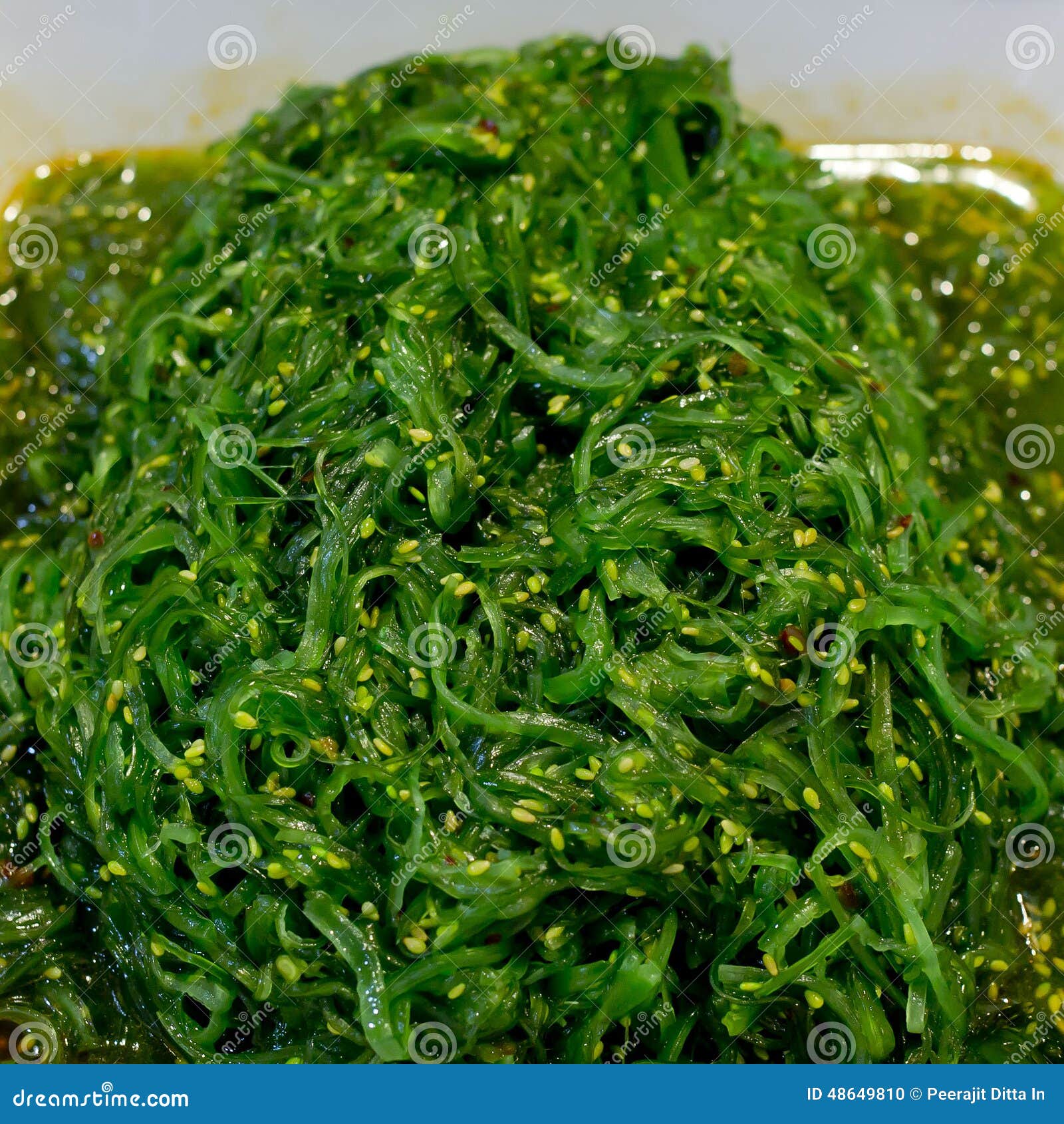
Eucheuma species are used in the production of carrageenan, an ingredient for cosmetics, food processing, and industrial manufacturing, as well as a food source for people in the Philippines and parts of Indonesia and Malaysia. Technetium orTC 99 is a radionuclide of relatively low radio toxicity which concentrates in particular in seaweed.: Teknetium eller TC 99 är en radionuklid med ganska låg radiotoxicitet som koncentreras i synnerhet i sjögräs.: I think of seaweed growing off the effluent of fish, for example.: Jag tänker på sjögräs som växer av avfallsprodukter från fisk. alvarezii (locally called guso) used in this study is the commercial seaweed farm in the coastal waters of Simbuco, Kolambugan, Lanao del Norte (open circle in Fig.
#Guso seaweed in english free#
Subscribe to my free newsletter now for updates. Eucheuma, commonly known as gus (/ u s /), is a rhodophyte seaweed that may vary in color (red, brown, and green). Collection site for farmed Seaweeds The source of farmed seaweed samples of K.
#Guso seaweed in english series#
This is an additional post and one of a series highlighting Great Filipino food from the Philippines Categories Filipino food Tags Food from The Philippines Submerge in cold water in ice, then drain thoroughly. Blanch it by soaking it in hot water for a couple of minutes. Below is a slideshow of Guso photographs and images Put it in a strainer and clean with water, then drain. It’s served mainly as a side dish and costs about 7-15 pesos for a small plate. Guso is found in most night food markets but not really something you’ll see at corner street stalls though. Maja Blanca is a Filipino dessert that is usually served on holiday or special occasions. It tastes mainly of the dressing but the crunchy texture is really nice and similar to cucumber. Aside from fish and seafood, the Philippine waters is also abundant in seaweeds that are edible and part of our cuisine. E S T R E L L A N A T I O N A L H I G H S C H O O L ACCEPTABILITY OF GUSO MAJA BLANCA This study focused on making seaweed, specifically Guso in making a Pinoy delicacy which is called Maja Blanca. This research is aimed to utilize seaweed (Eucheuma cottonii and Eucheuma spinosum) to raise iodine and dietary fiber content of narrow barred Spanish. Guso is soaked in vinegar and mixed with ginger, red bell pepper and tomato with some onion, its served cold. Guso itself is a seaweed and bright green in color. Guso is a popular side dish found in the Philippines both in homes and in public cafes at night. primitive chlorophyll-containing mainly aquatic eukaryotic organisms lacking true stems and roots and leaves. So, I think it’s safe to say most people don’t know a lot about seaweed.Guso (seaweed) from the Philippines (click to enlarge) Guso seaweed from the Philippines plant growing in the sea, especially marine algae.

Dakong bahin sa GlobalSeaweedSTAR ang magatutok sa.

Loaded with minerals and antioxidants, it can be used in a variety of dishes, from seaweed soup and sushi to salads and grain dishes.ĭespite its popularity in Asian countries, seaweed is not typically found outside of Japanese restaurants here in the US. programa bug-os nga nakapokus sa mga kinahanglanon sa industriya sa guso sa mga nasud sa lista sa DAC.

They may have exotic names and come from faraway lands, but seaweed is a healthful food you don’t want to exclude from your regular diet. Edible seaweeds (macroalgae) have the potential to provide a rich and sustainable source of macronutrients and micronutrients to the human diet, particularly in regions where seaweed makes a significant contribution to regular meals, eg, in Japan, where approximately one-fifth of meals contain seaweed.

Other species include Betaphycus gelatinae, Eucheuma denticulatum, and several species of the genus Kappaphycus, including K. La source majeur de carraghénane est lalgue tropicale du genre Kappaphycus et Eucheuma. There are actually over 400 seaweed varieties in the world, but these are some of the most popular. More: Next Presently, the major source of carrageenan is tropical seaweeds of the genera Kappaphycus and Eucheuma. Nori comes from Japan, as does hijiki, arame, wakame, and kombu, while the Philippines gives us crunchy guso, and Korea provides gim. Following a final draining, the treated material may be dried whole, or chopped and dried. The idea of eating seaweed might sound a bit odd, but if you’ve ever had sushi before, then you’ve already done it! The black paper-like sheet that holds your fish and rice together, called nori, is just one of the many types of edible seaweeds. The seaweed may be handled in baskets by an overhead traveling crane.


 0 kommentar(er)
0 kommentar(er)
